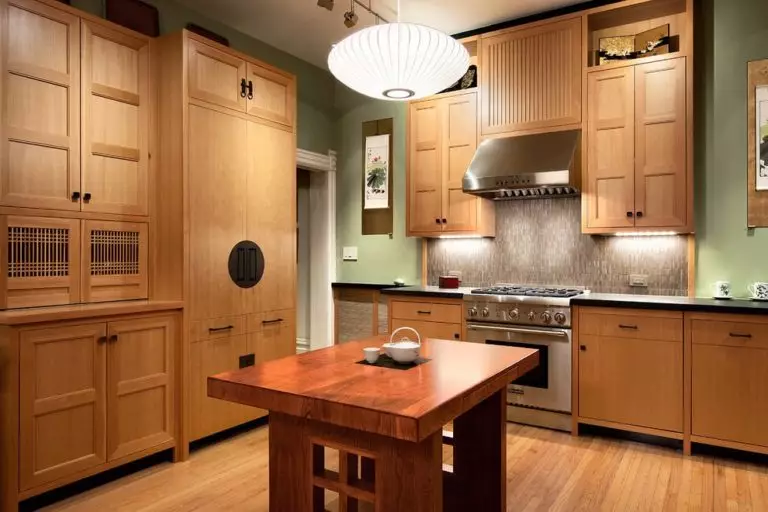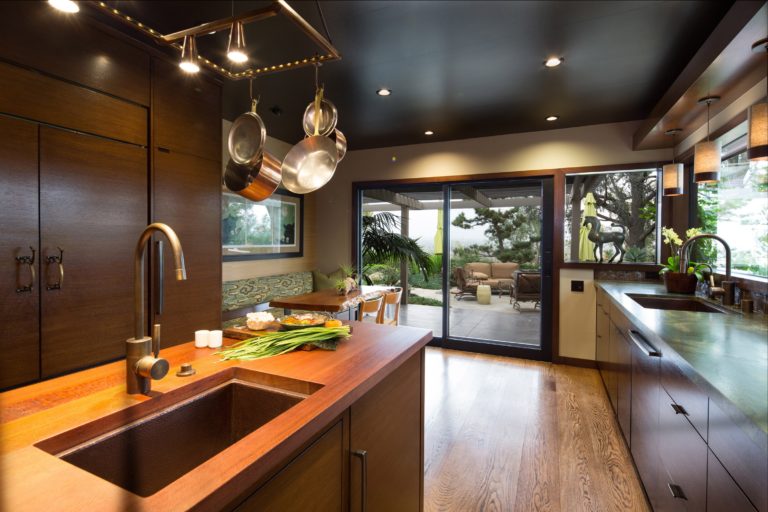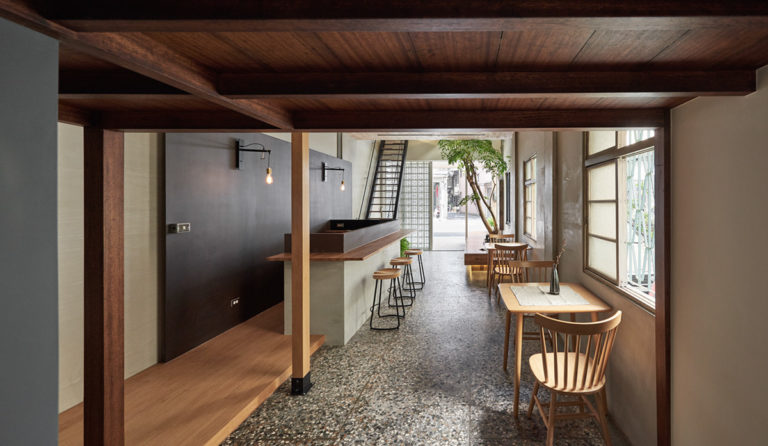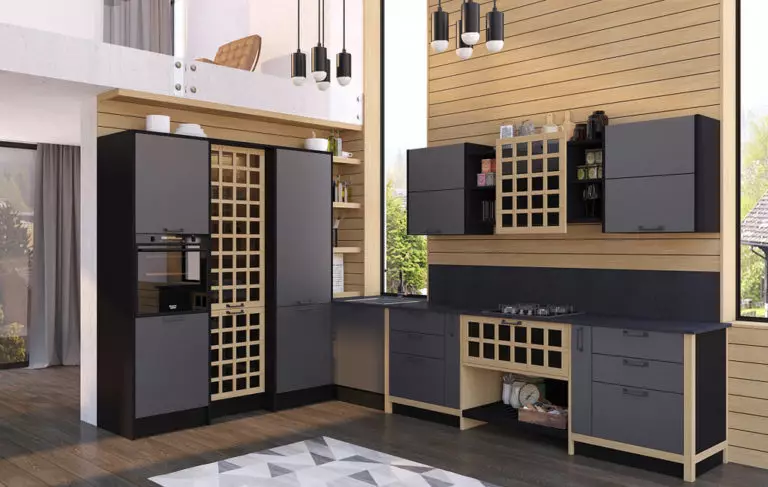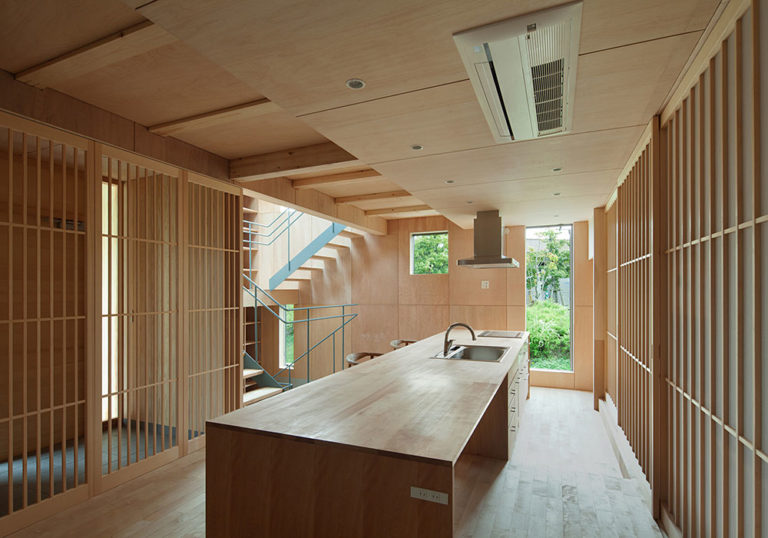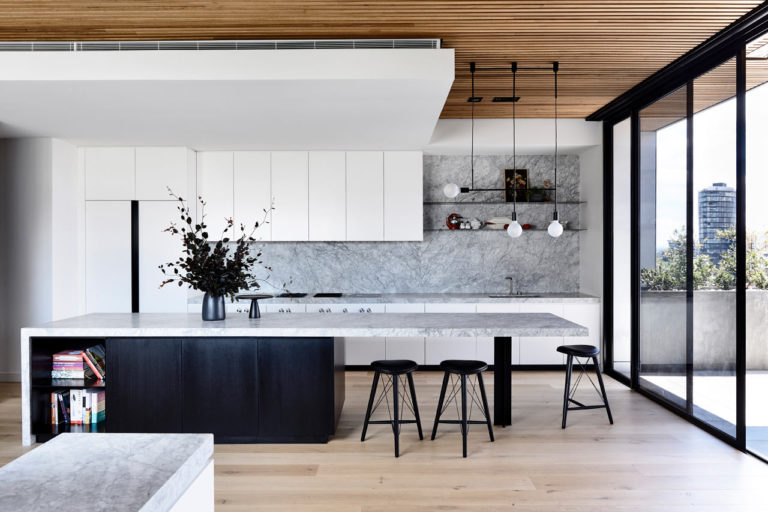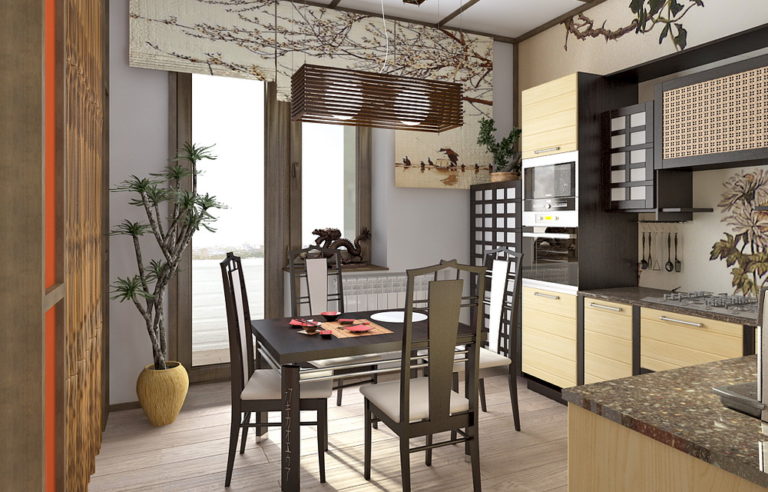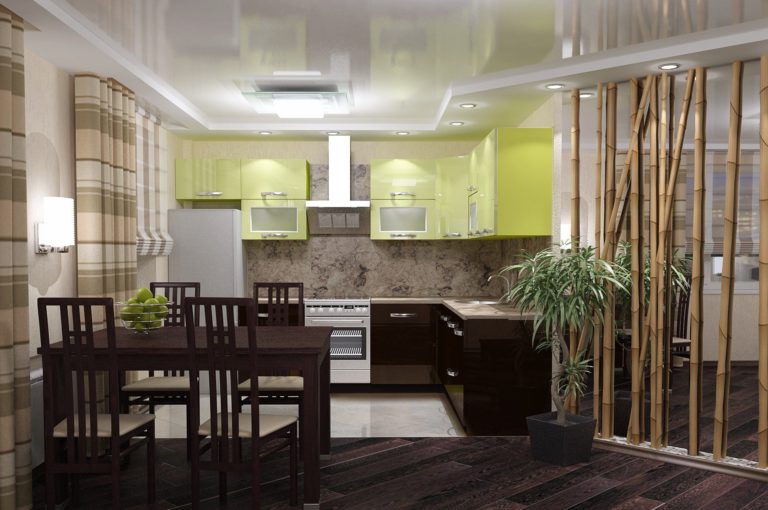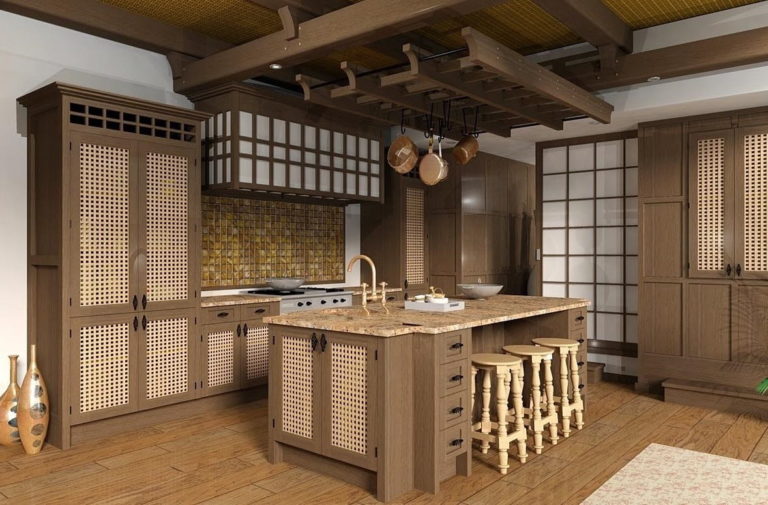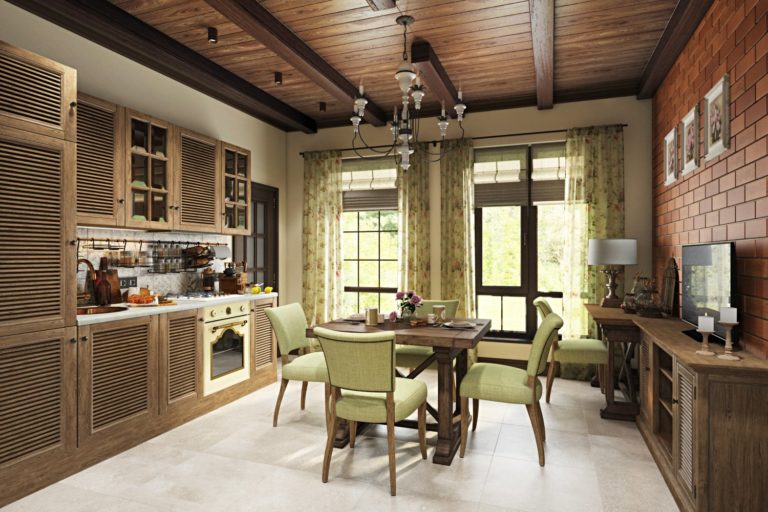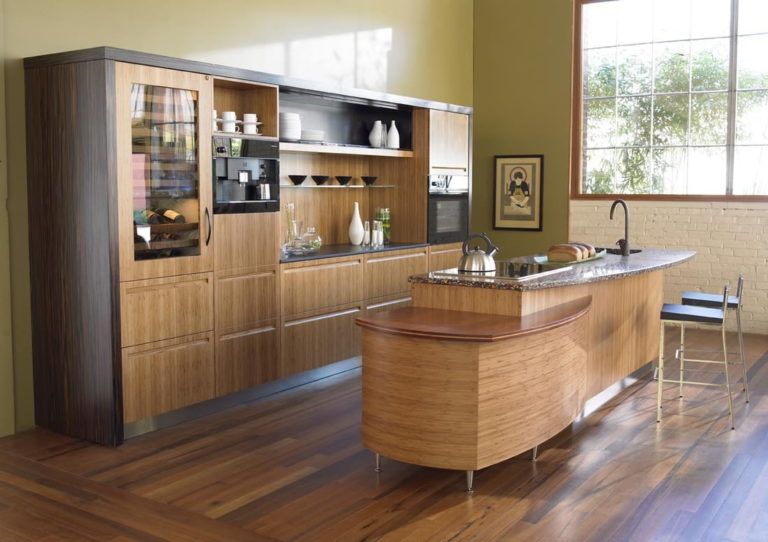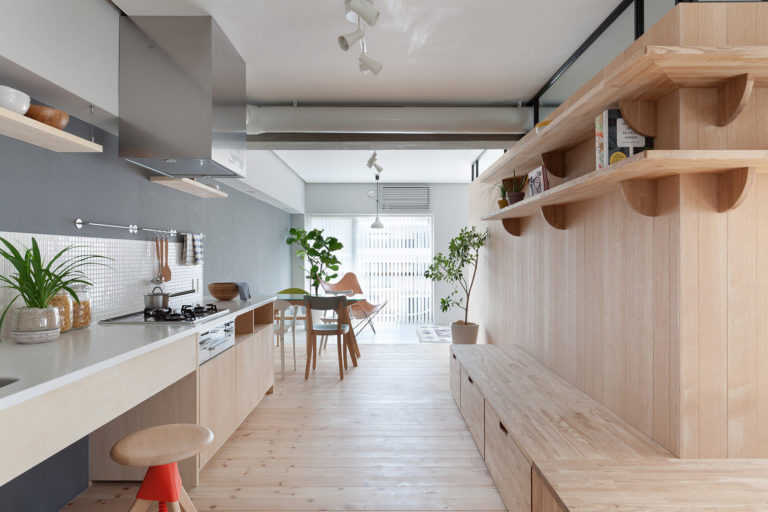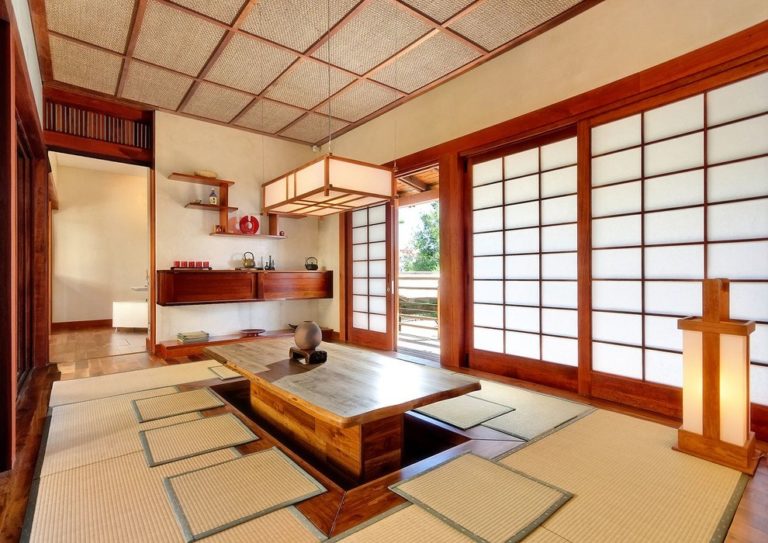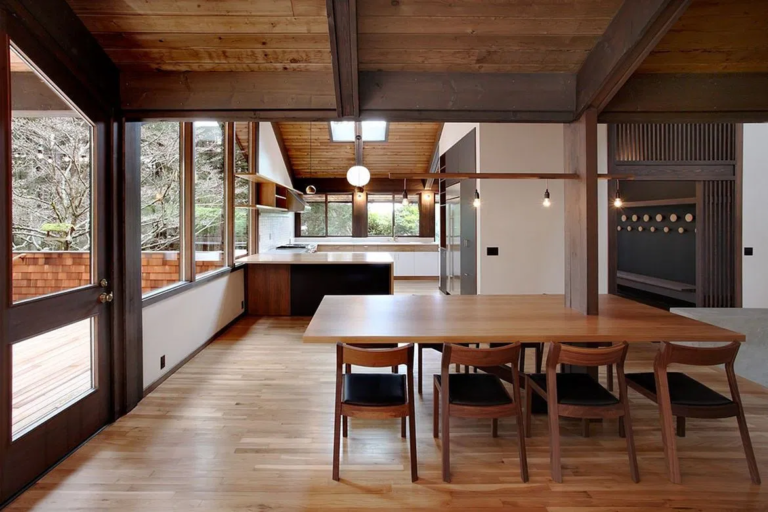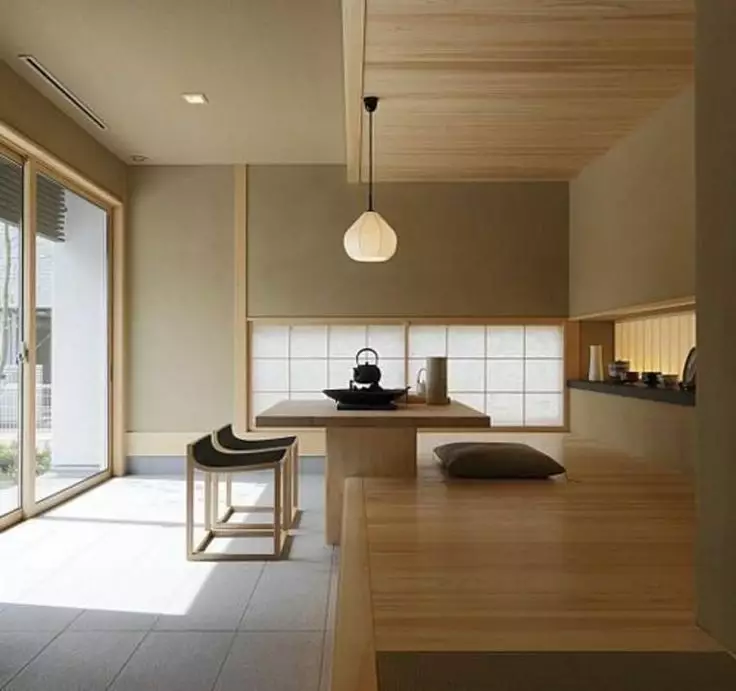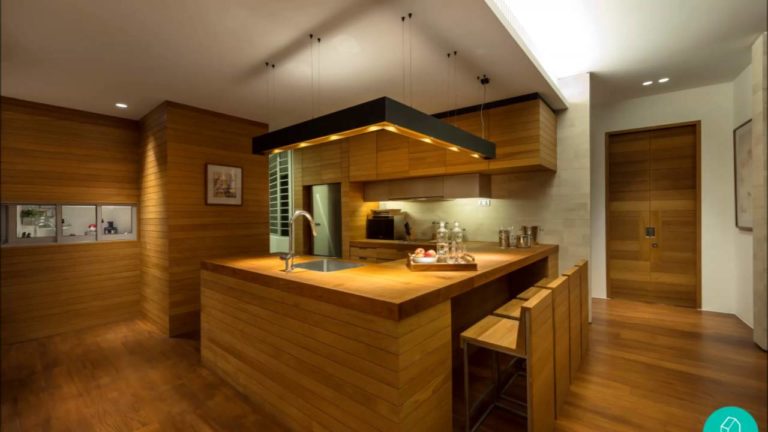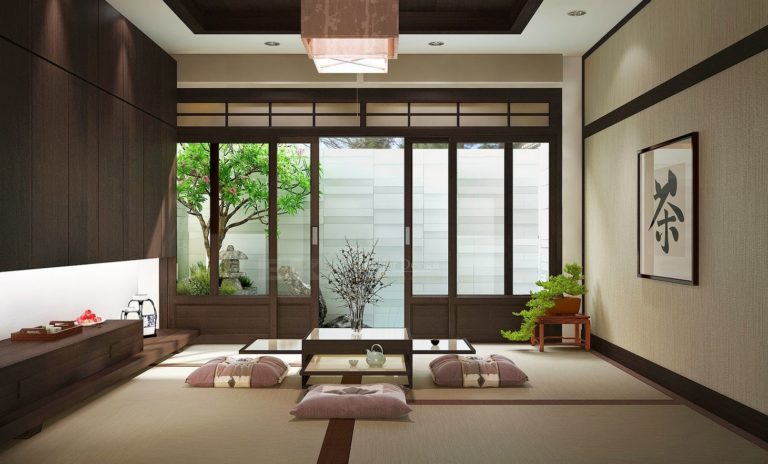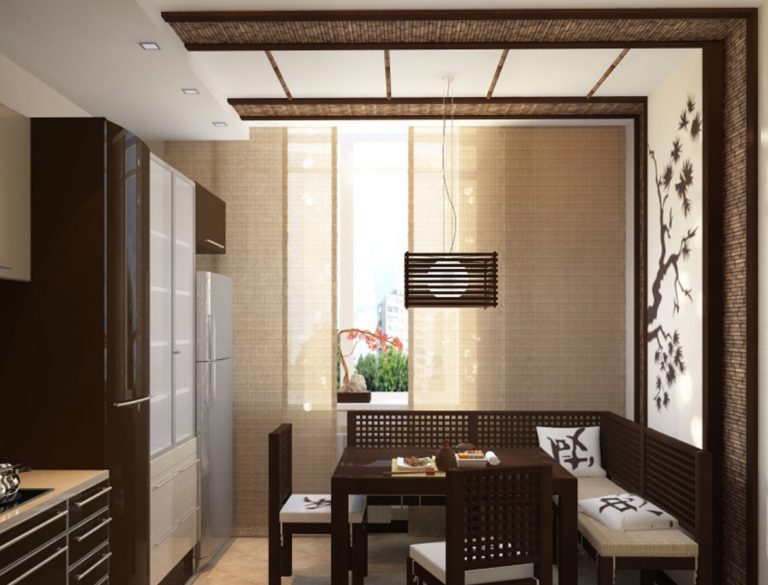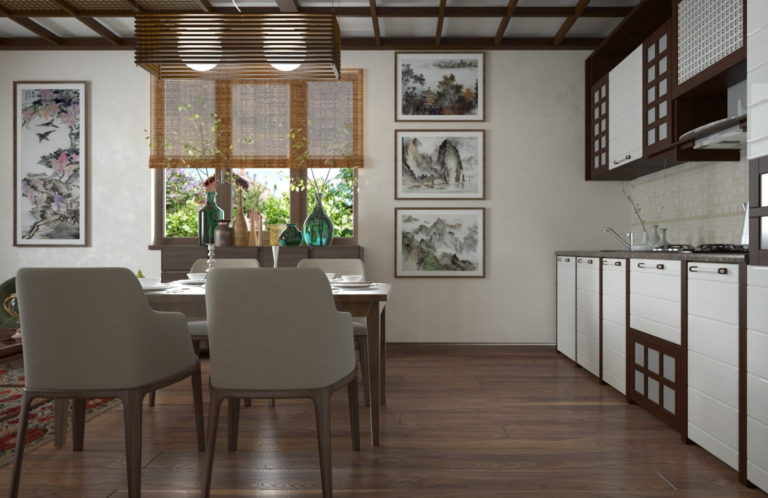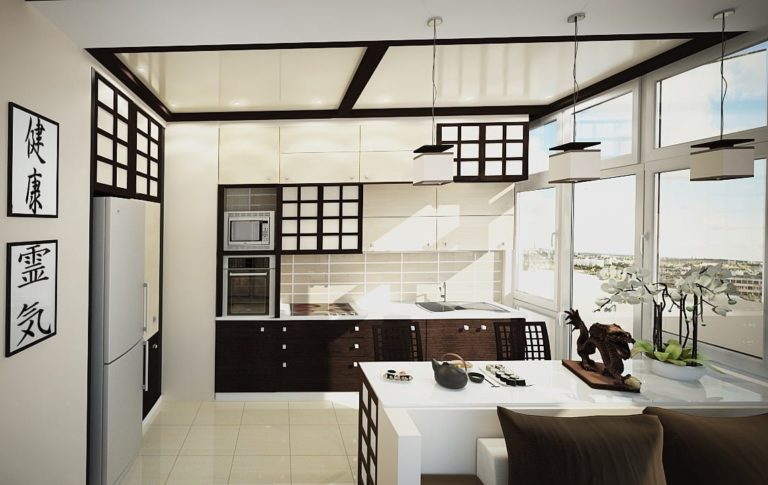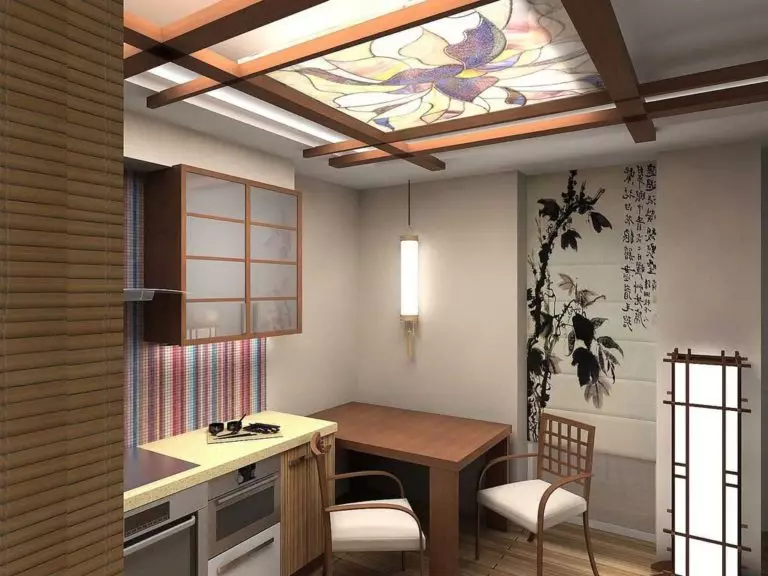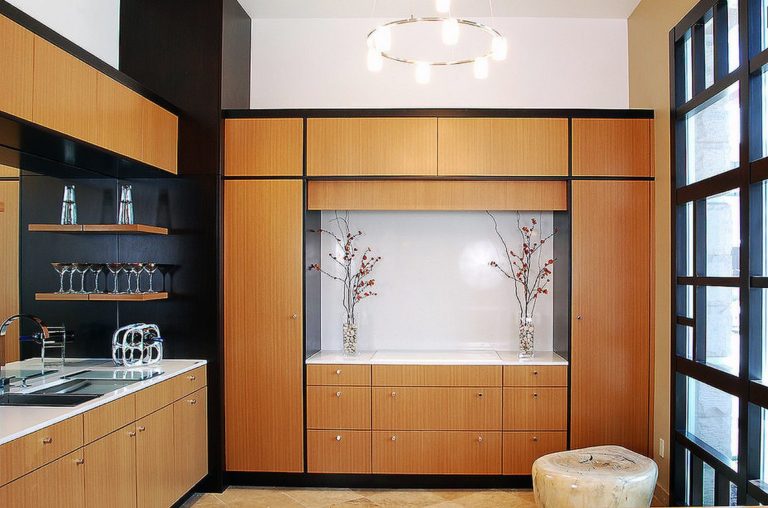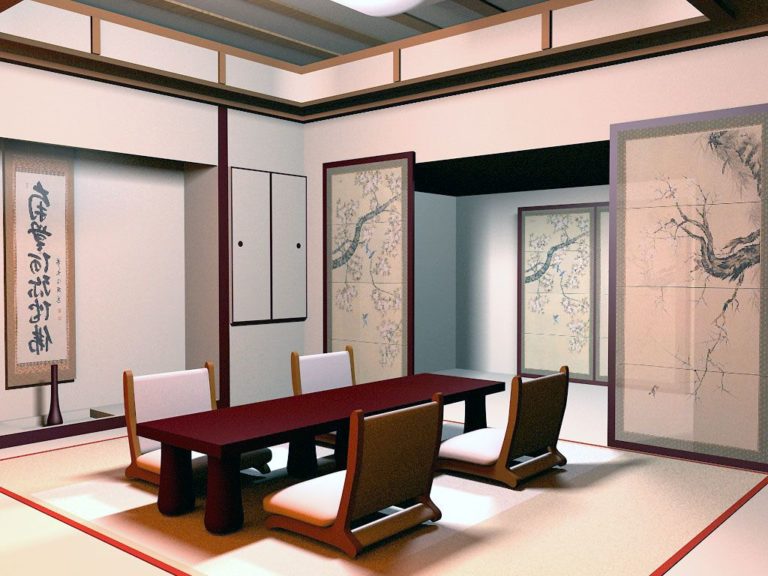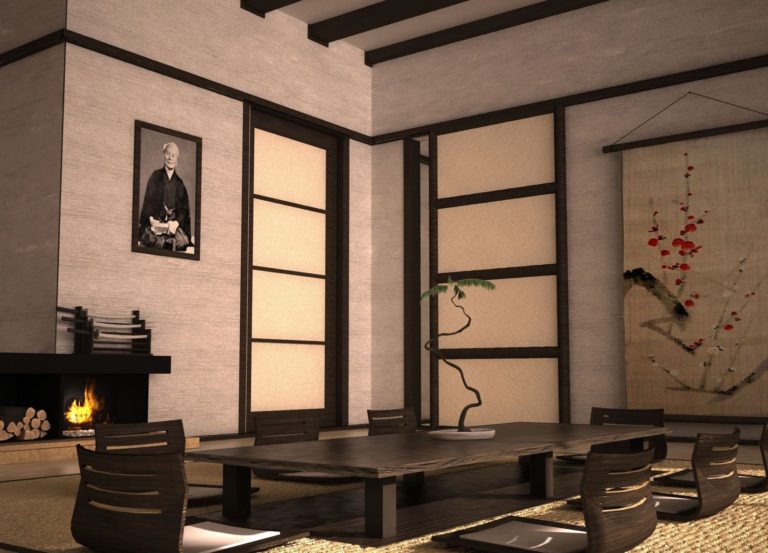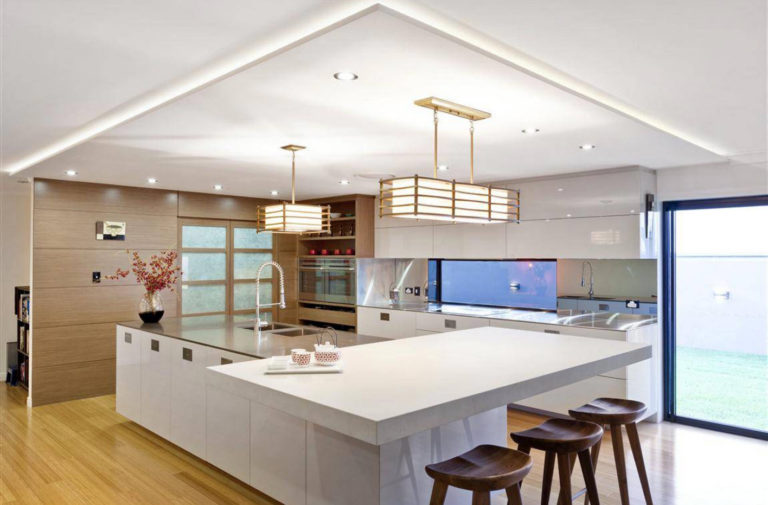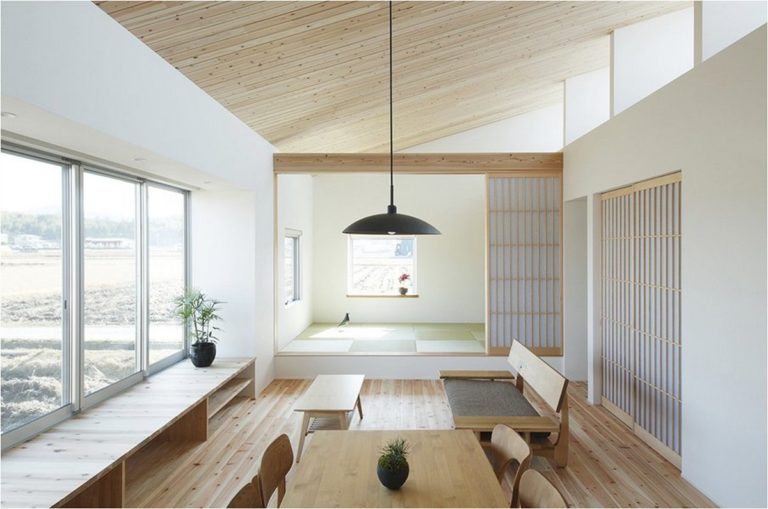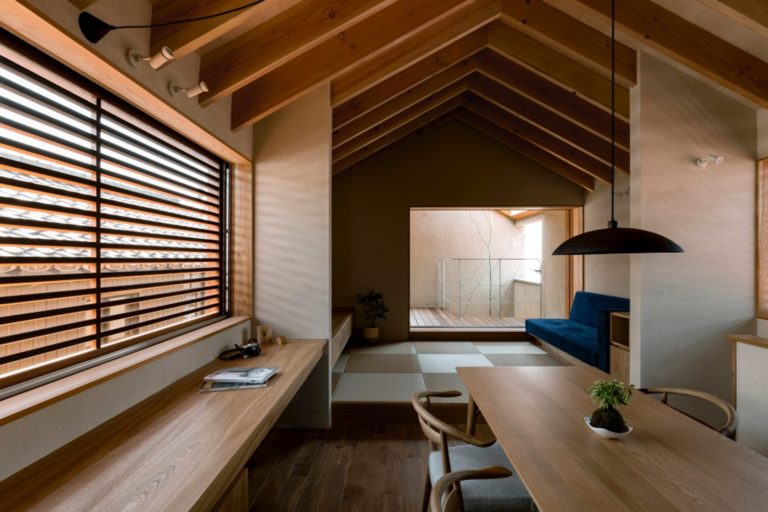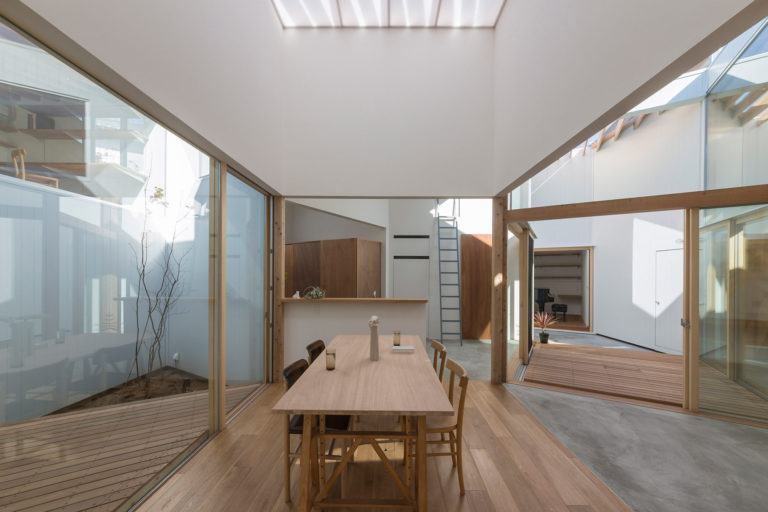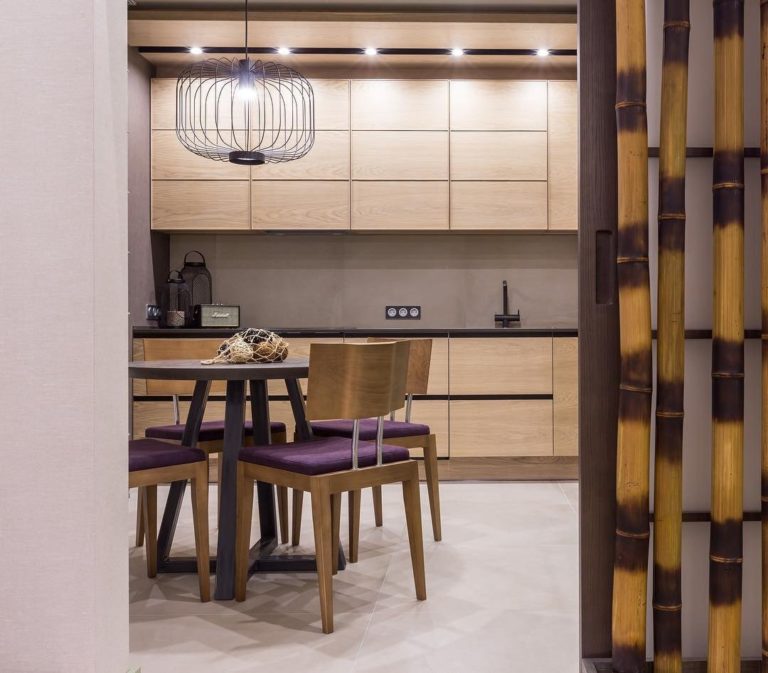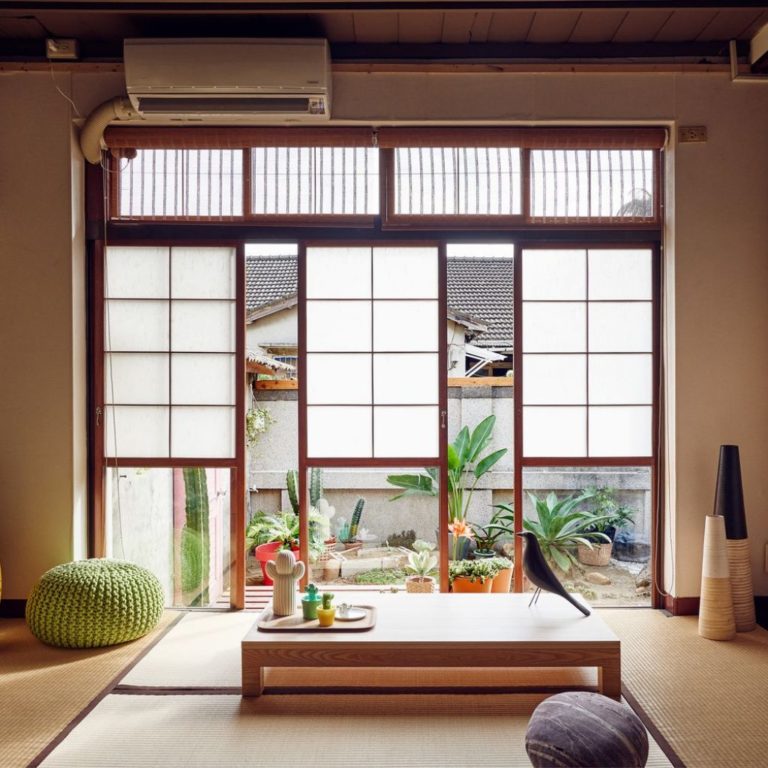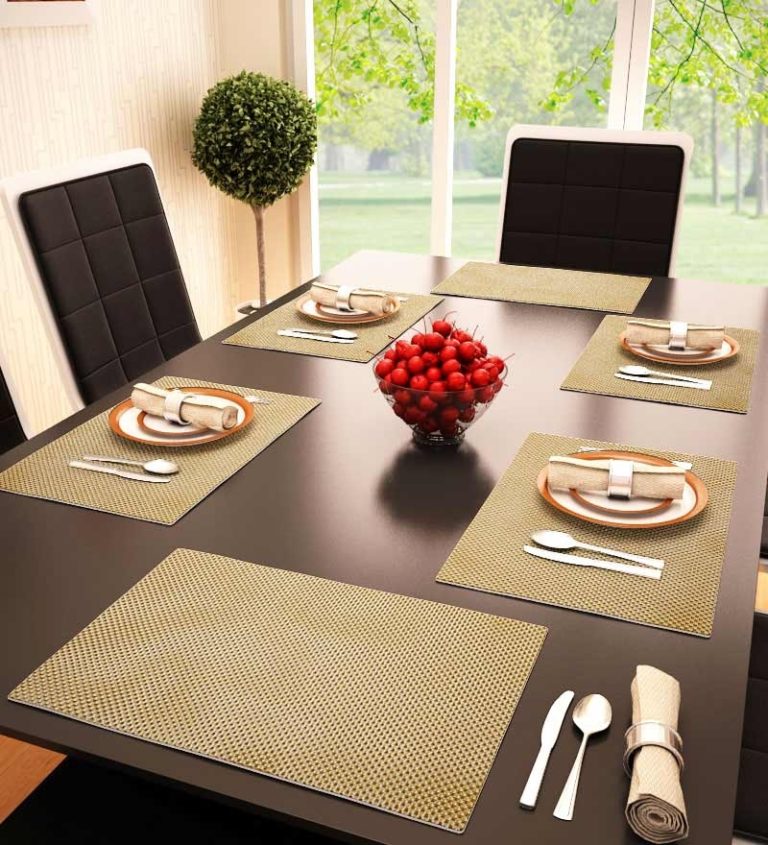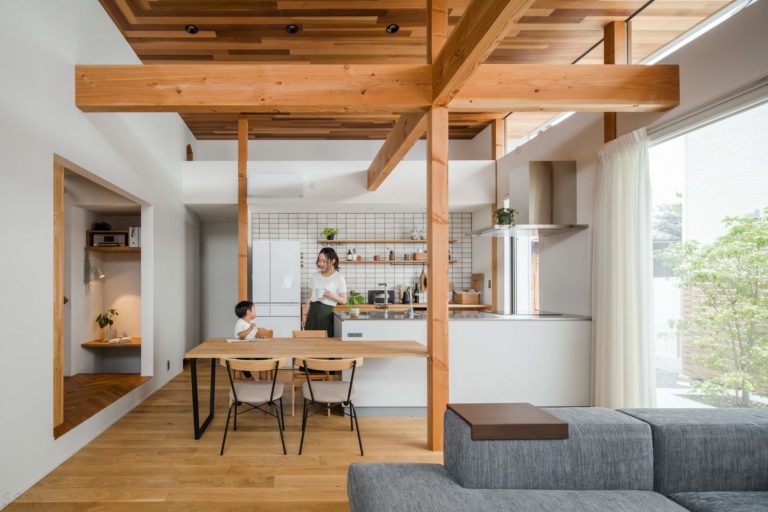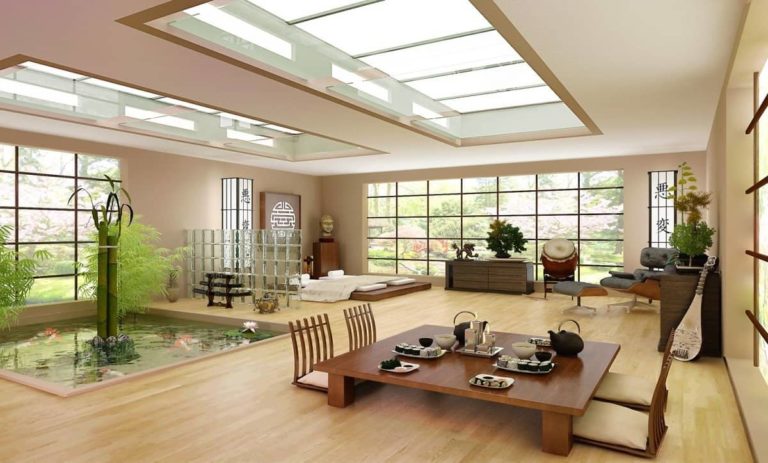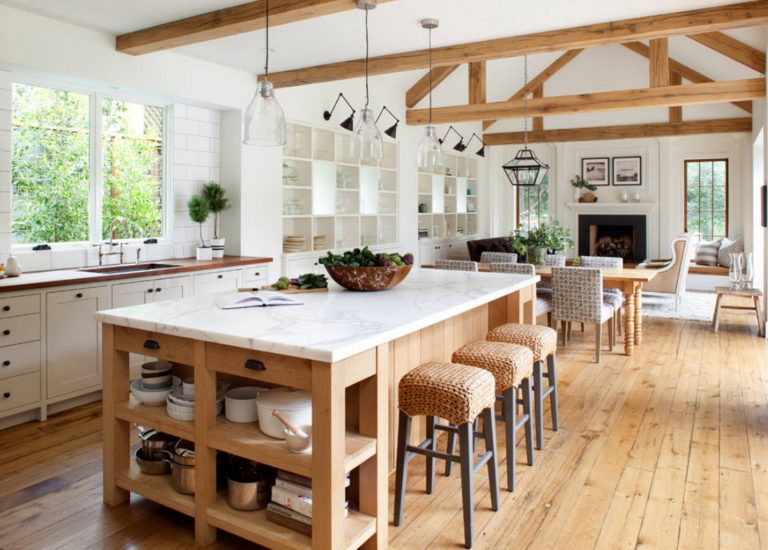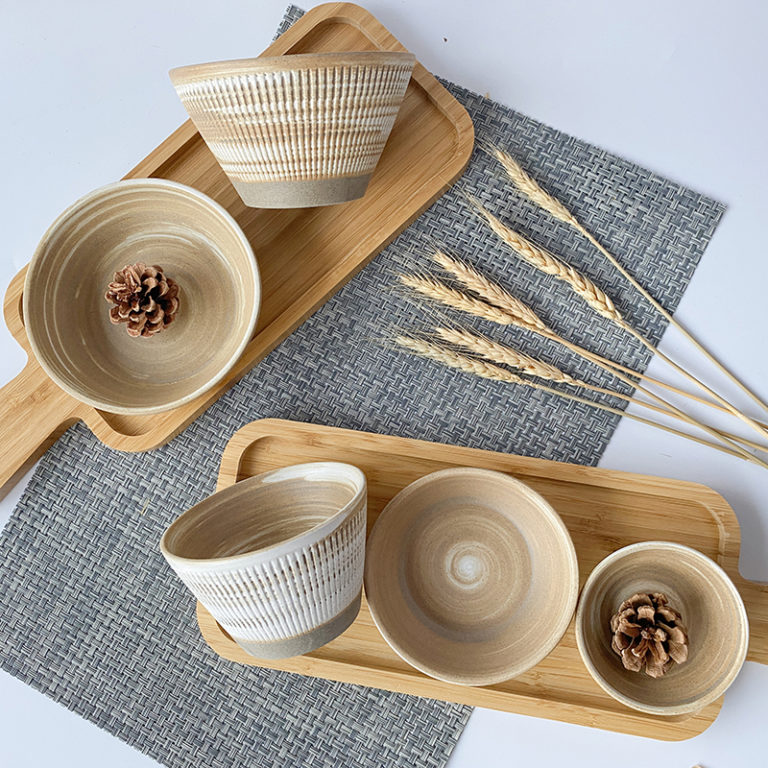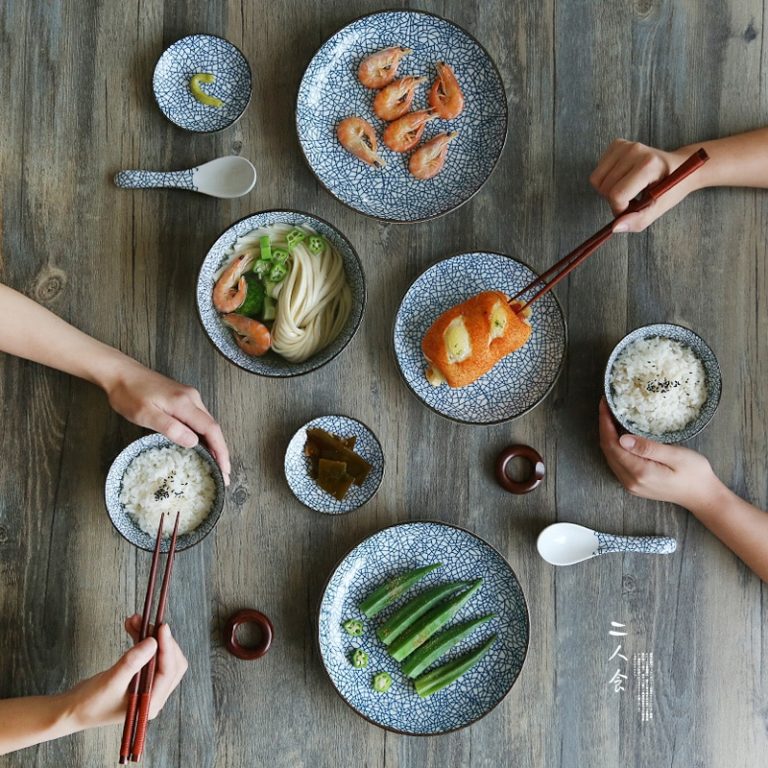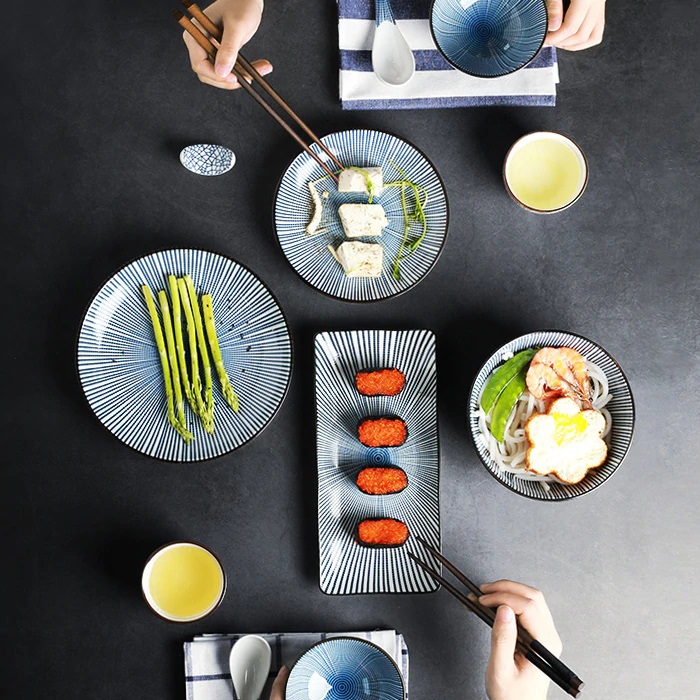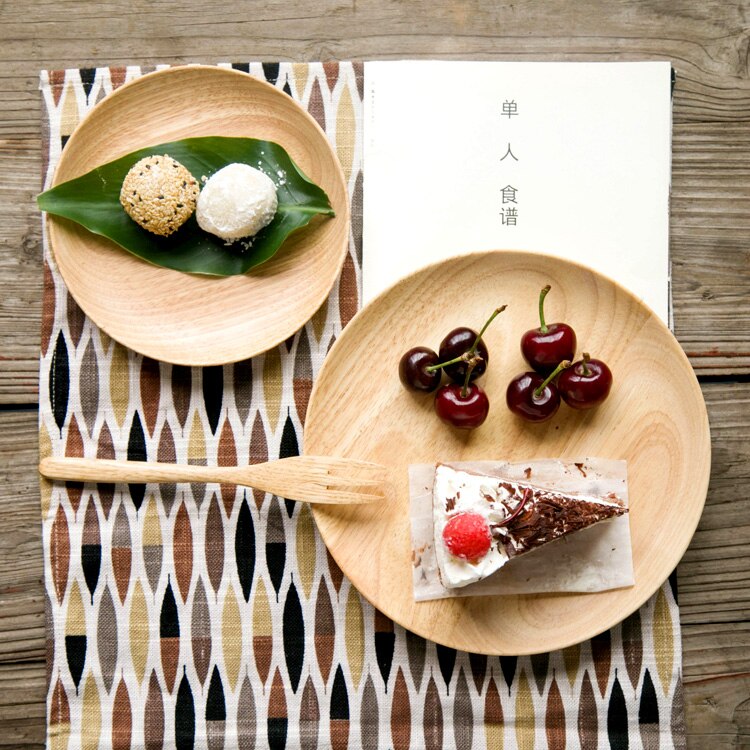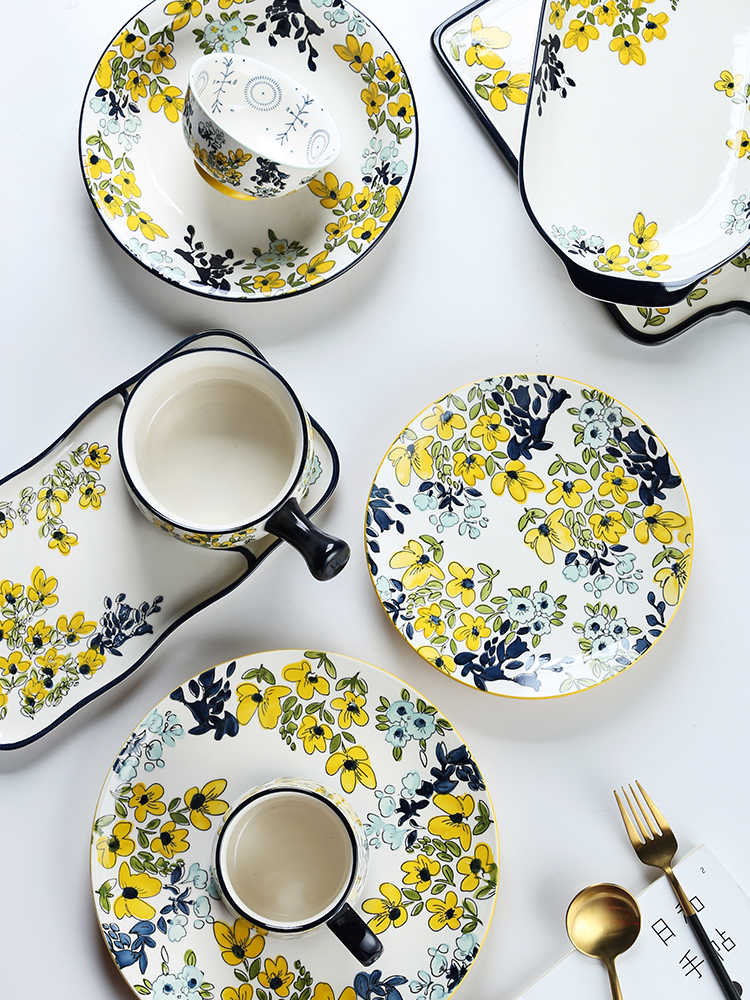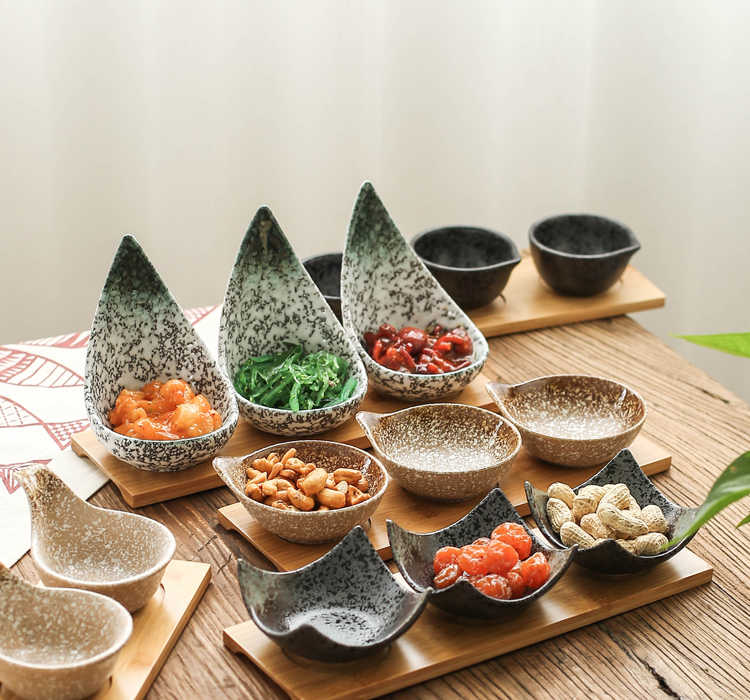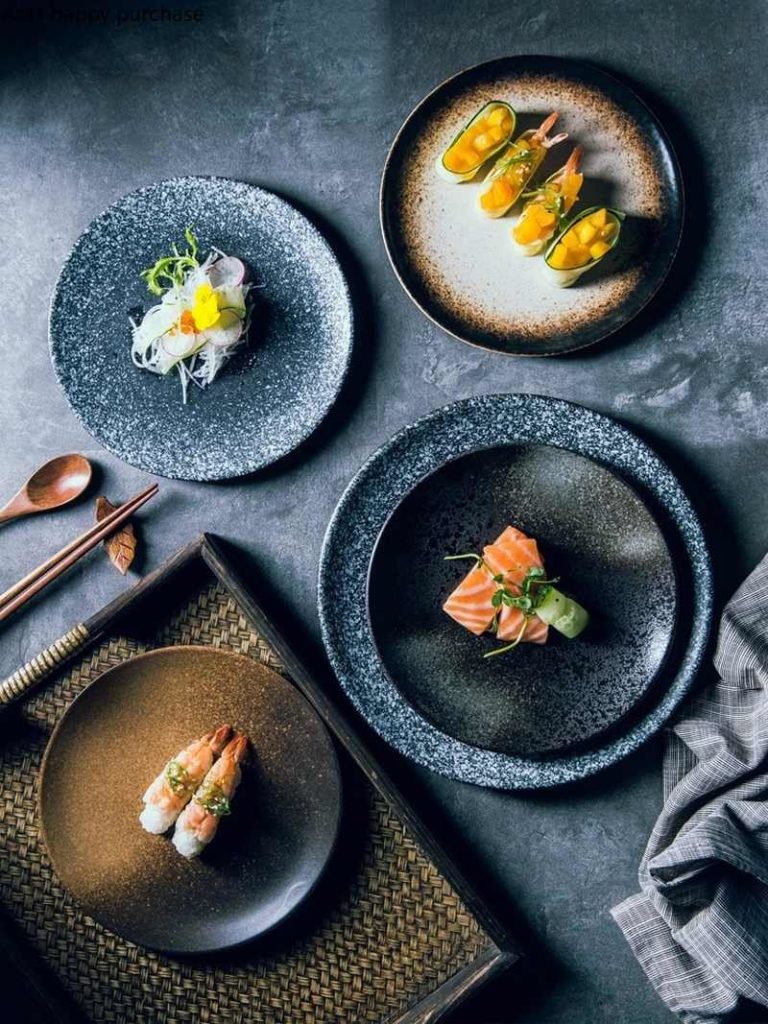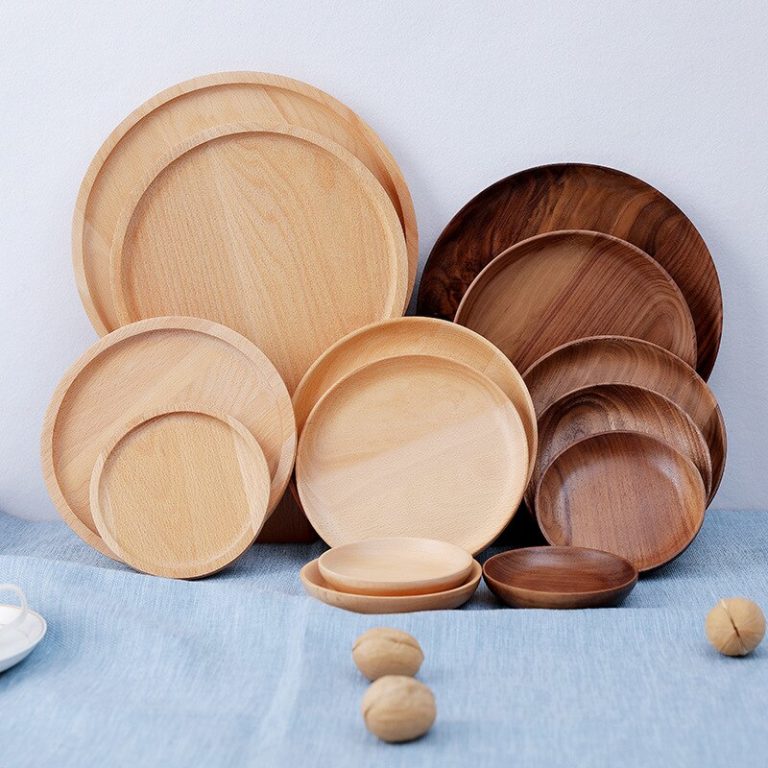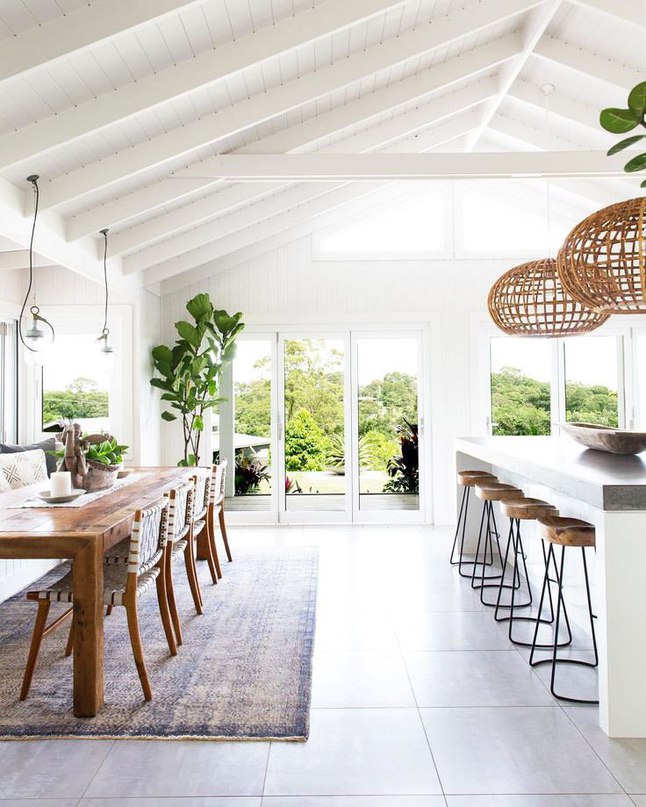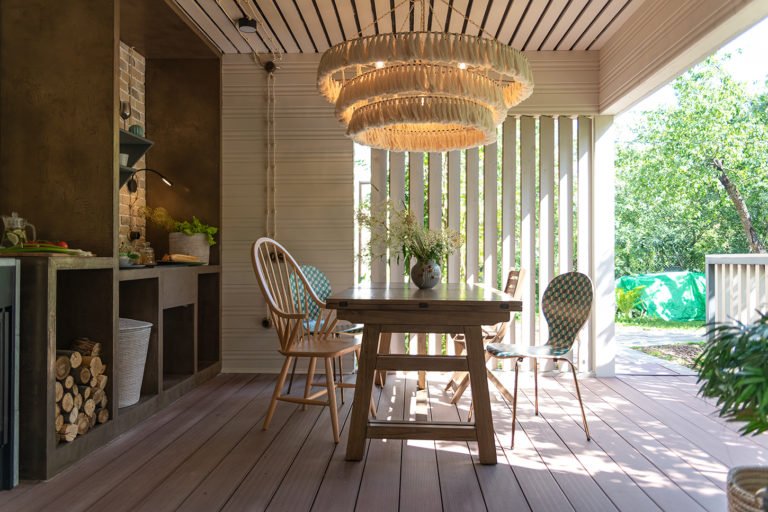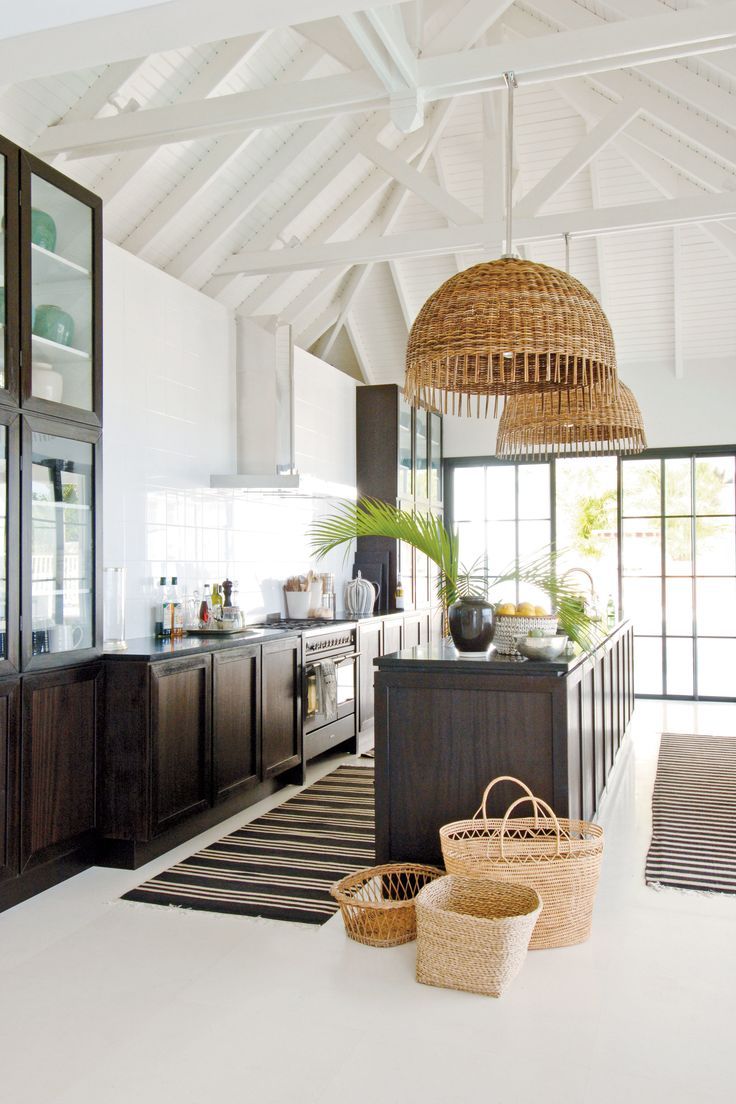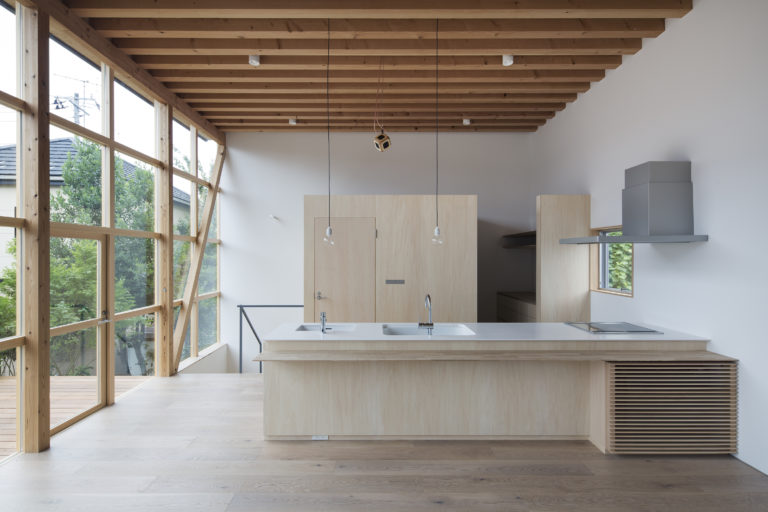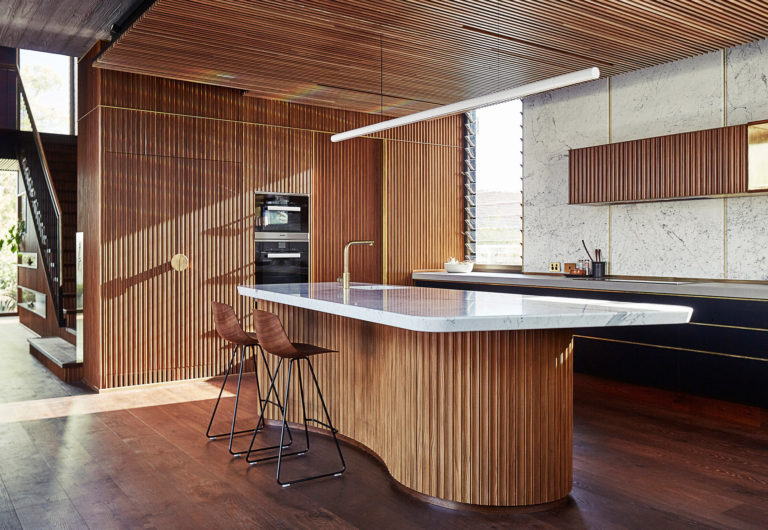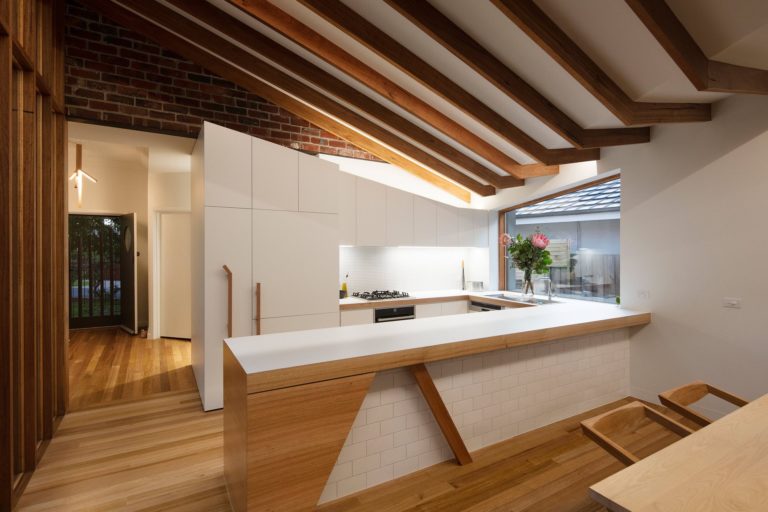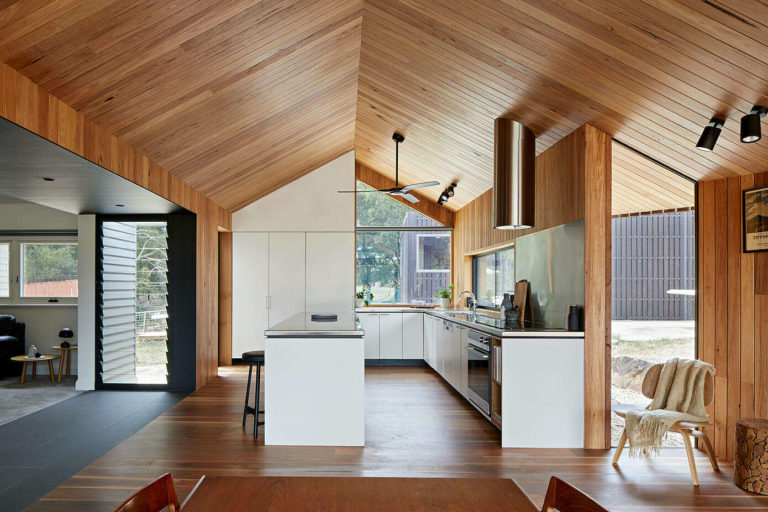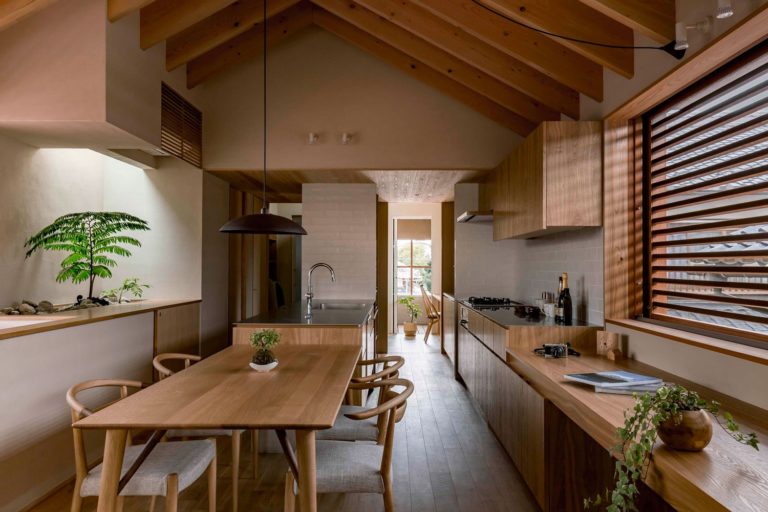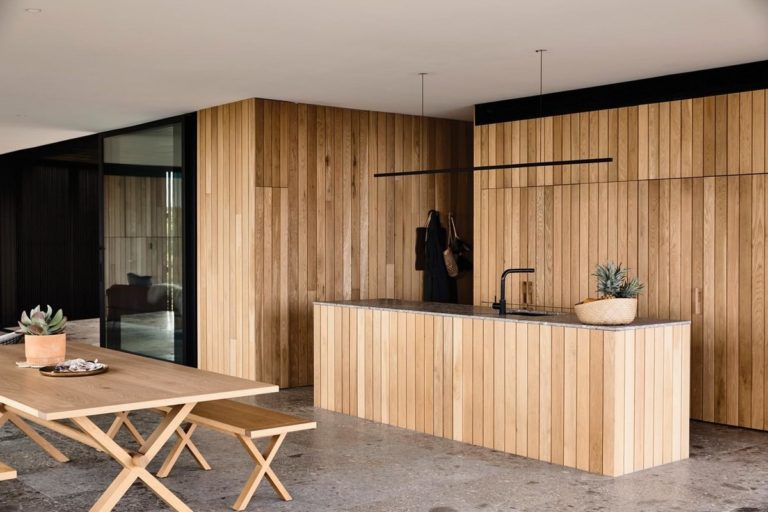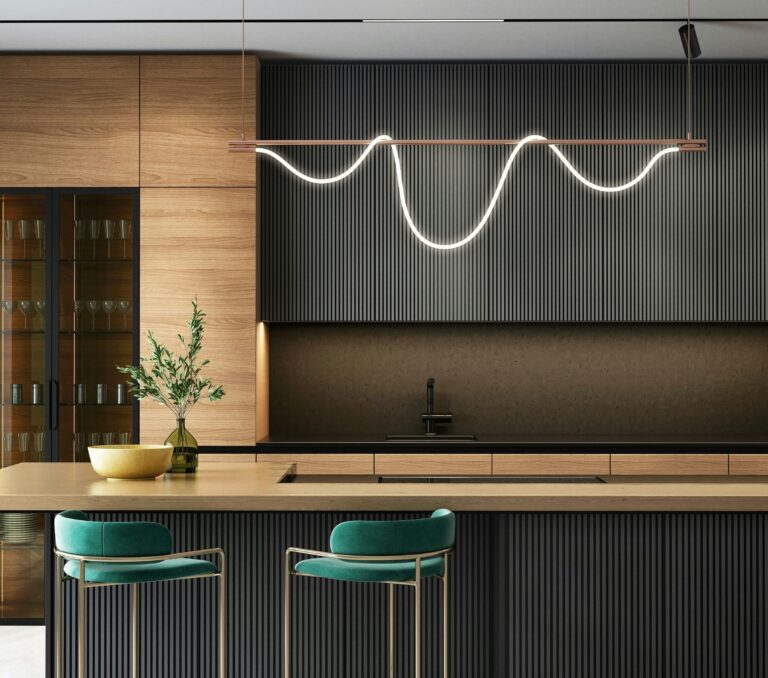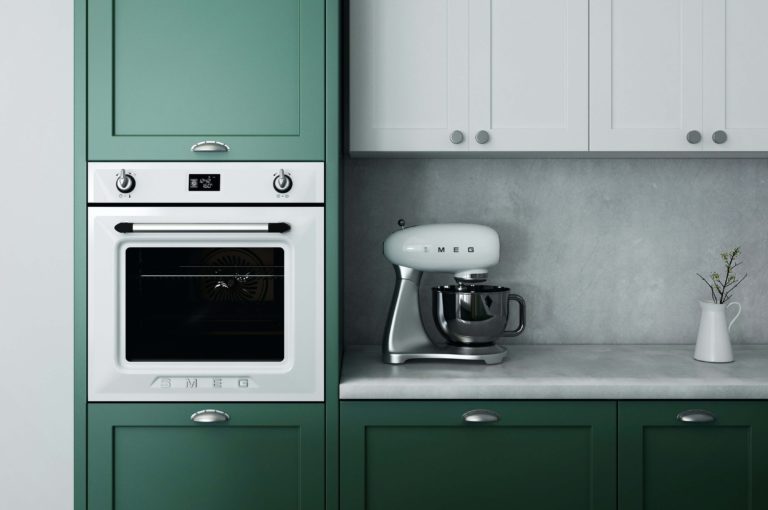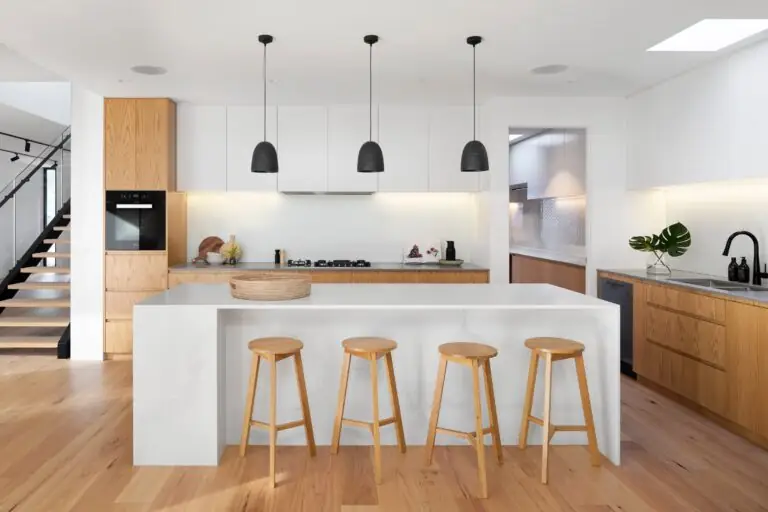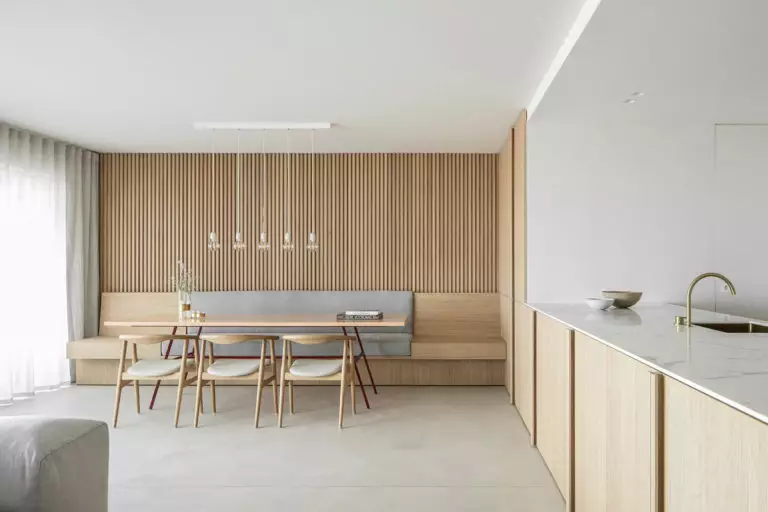
Home interiors, designed following the Land of the Rising Sun’s traditions, are still popular in all corners of the world. And if a lot has already been said about living rooms, bathrooms, and even bedrooms in the Japanese style, then for some reason, kitchens of this design are much less common. In brief: the laconicism, rationality, and impeccable balance of furnishings, shades, and textures inherent in this direction are the best fit for the principles of modern kitchens.
If you value the natural serenity and organic severity of the Japanese style, in this case, it makes sense to think about creating a similar interior for a cooking place in your home or apartment. So you will ensure yourself both relaxation after a difficult day at work and the admiration of friends and acquaintances for your originality.
Decorating a Japanese-style kitchen: key points
Despite the clarity typical of the Japanese in defining kitchen design principles, the rooms can be decorated in different ways, and the notes of individuality are quite acceptable. However, to convey the unique atmosphere of the East, you should adhere to the following rules:
Palette
The kitchen’s color scheme fully complies with the key design rules from the Land of the Rising Sun. Natural shades are the basis – beige, cream, all shades of gray, brown, and woody, as well as black, which in Japan symbolizes wisdom. Small bright accents are also acceptable – for this, dark reds and greens are used, less often dark yellow tones. At the same time, it is essential to maintain balance and not use all the permitted colors at once: three shades are the maximum.
Finishing
In a Japanese-style kitchen, the color and texture of the materials for the floor, walls, and ceiling set the mood and such a vital authenticity, so maximum attention should be paid to the base’s design. It is not necessary to use too expensive solutions – harmony is much more important.
Flooring
Wood remains the primary option for flooring in Japanese interiors. However, other natural materials look no less organic:
Walls
The traditional (and most logical) solution for walls is plastering, painting in light colors, or pasting high-quality monochromatic wallpaper. It is also worth thinking about the wall’s design in the dining area – according to tradition, it should be accentuated and visually separate the place for eating from the working area. For this, the following techniques can be used:
It is worth dwelling on the famous Japanese partitions in more detail. Structures made of light wooden slats and translucent washi paper in traditional interiors can be used to decorate windows instead of doors. However, in small modern kitchens, authentic full-size shoji can eat up space and even create a fire hazard. That is why you should not get carried away with them; however, you can easily install one against the wall in the dining area or use its imitation if you wish.
Ceiling
The choice of ceiling design in Japanese cuisine depends on the room’s area and compatibility with other furnishings. This could be:
Furniture
The Japanese-style kitchen environment is a true wasan (traditional song of praise) celebrating exquisite yet natural simplicity. You can’t go wrong if you choose furniture with the following features:
Also, chairs for such a kitchen can be soft. At the same time, natural fabrics are used for upholstery – primarily linen of natural color and texture.
Decor, textiles, and lighting
Additional kitchen design elements are entirely consistent with the traditional Japanese interior. If you are familiar with them even approximately, there should be no problems.
Lighting
As mentioned earlier, natural light is precious in Japanese-style kitchens. For harmonious and comfortable artificial lighting, the following techniques are used:
It is also essential to pay attention to different dining and working areas’ lighting scenarios if both are located in the kitchen.
Textile elements
In Japanese kitchens’ windows design, fabric draperies are practically not used—instead, light woven curtains and rolls, bamboo blinds, and roman blinds. Also, tablecloths are almost not found on tables; preference is given to individual bamboo napkins.
Decor
Non-functional accessories in a kitchen in a similar style are used to a minimum. However, you can easily give the interior a distinctiveness with the following items:
Tableware
Traditional japanese tableware in the kitchen create the much desired authentic atmosphere. Therefore, wok pans, santoku knives, sets for spices, sushi, and tea sets, kettles made of cast iron and ceramics should be in sight. But it is better to hide more familiar pots and pans after cooking in kitchen cabinets; otherwise, they will create a noticeable dissonance.
Japanese kitchen design: Conclusions + Photo Gallery
Japanese-style kitchen is an island of simplicity, serenity, and harmony. With its thoughtful design, both the process of creating culinary masterpieces and an everyday family breakfast are filled with special meaning.
